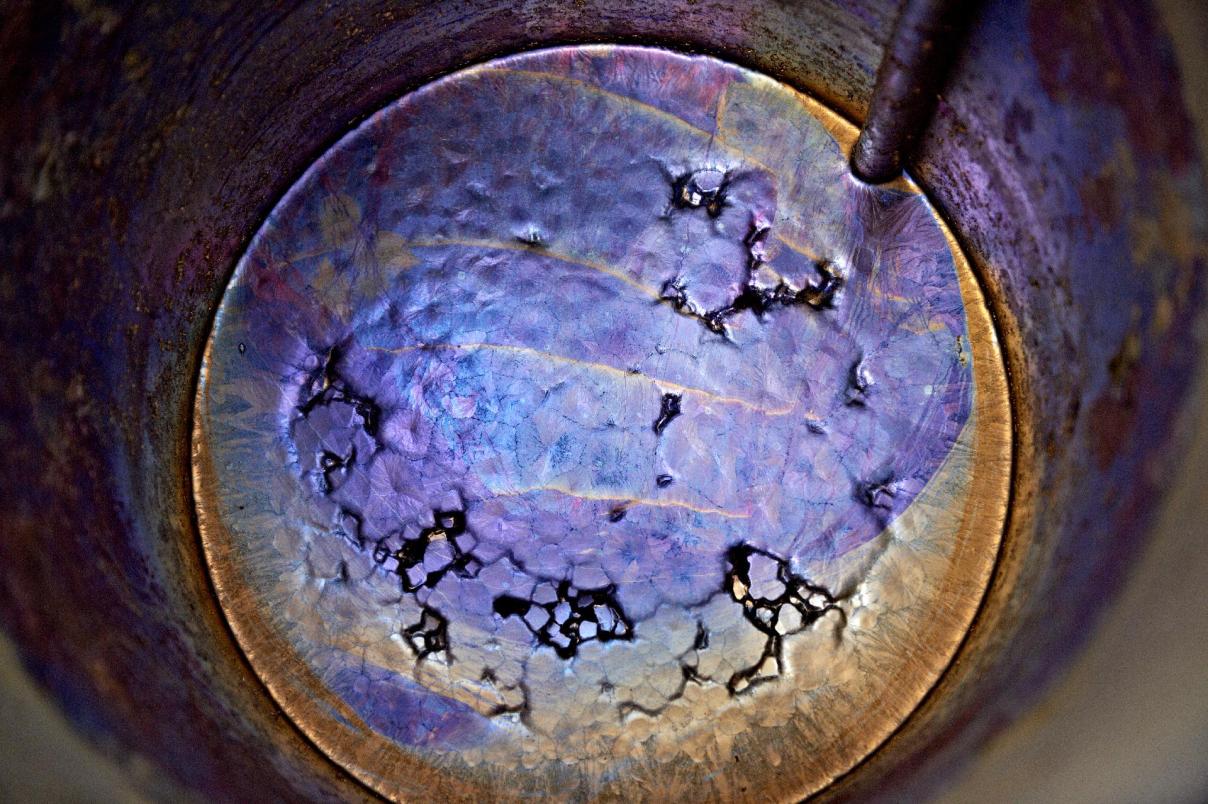About ANSELMUS

Project summary
Climate change, due to CO2 emission is a problem that needs to be tackled in various ways including optimising energy efficiency and maximising low-carbon sources. In that context it is unwise to a priori discard an essentially carbon free energy source like nuclear fission. Nuclear energy indeed has objectively proven itself a safe and reliable energy source. Yet, fundamental improvements are possible, particularly regarding intrinsic and passive safety on the one hand and waste generation and fuel efficiency on the other hand. Fast neutron advanced nuclear systems hold the key to reach this objective as they can combine intrinsic safety with fuel and waste minimisation.
In the EU, the heavy liquid metal (HLM) cooled nuclear systems ALFRED, the European lead fast reactor (LFR) demonstrator, and MYRRHA, a lead-bismuth eutectic (LBE) cooled accelerator driven system (ADS) that will serve as the only fast spectrum research reactor and irradiation tool in the EU, are clearly among the frontrunners in this field. The priority on HLM systems is reflected in the charter of the European Sustainable Nuclear Industrial Initiative (ESNII), one of the pillars of the Sustainable Nuclear Energy Technology Platform (SNETP). The latter is recognised as a European Technology and Innovation Platform (ETIP) by the European Commission.
In support of ALFRED and MYRRHA, ANSELMUS gathers the main actors in the development of HLM systems in the EU, including designers and research and will bundle their expertise in a collaborative spirit to perform the next steps required towards the realisation of innovative HLM technology.

Objectives and ambition
ANSELSMUS is set up with a single central objective in mind: support deployment of HLM cooled advanced reactors in Europe
In order to achieve this within the boundaries of the work plan, the central objective is made concrete, measurable and verifiable by defining a set of particular objectives. These were set at the start of the proposal initiative via a consultation round by collecting the input on priorities from the design teams of ALFRED and MYRRHA and feasibility assessments by the research teams. As a result, ANSELMUS will:
- perform safety evaluation of the designs (PO1),
- assess fuel assembly safety by experiment and modelling (PO2),
- validate the safety performance of essential components (PO3)
- develop non-destructive test based reactors safety monitoring and vessel inspection for LFR (PO4)
- address the social impact of the HLM systems
- by assessing their integration into a low-carbon energy system (PO5)
- by addressing social and ethical considerations regarding the safety of advanced nuclear technology (PO6).
The objectives make ANSELMUS a pertinent a response to the Horizon-EURATOM-2021-NRT-01-02 call. Below, the particular objectives are detailed further by describing the concrete action undertaken to realise them.
-
Lead beneficiary: ANSALDO
Objectives:
- To establish a systematic approach for the identification and ranking of phenomena impacting safety demonstration of HLM-based systems (namely, ALFRED and MYRRHA).
- To gather experts’ knowledge and achieve consensus across the EU HLM community about the phenomena having low level of knowledge and high importance for safety demonstration in compliance with EURATOM safety directive requirements.
- To drive decision making processes towards the identification of further needs for the development, verification and validation of numerical tools and methods for nuclear safety analysis of innovative HLM-based systems.
- To structure a systematic and knowledge driven R&D roadmap towards a timely licensing of pilot plants and demonstrators for EU Gen-IV and ADS innovative HLM technologies.
-
Lead beneficiary: NRG
Objectives:
- To generate experimental data on heat exchange in deformed grid spaced rod bundles with lead as coolant.
- To form a solid experimental ground to understand the main phenomena involved and the relative order of magnitudes, informing both the design and the computational modelling (at sub-channel and CFD scales) of mass and heat exchange dynamics in deformed grid-spaced bundles.
- Provide pre-test support to experiments and perform post-test validation of CFD for deformed grid-spaced bundles.
- To gather validation data (velocity field and temperature) on heat exchange in non-deformed and deformed wire spaced fuel bundles.
- To create experimental data for validation of numerical codes with a deformed fuel bundle in an existing water facility to enhance the database.
- To validate CFD simulations of deformed wire space fuel bundles.
- To provide guidelines to reduce the uncertainty on the calculation of the maximum cladding temperature.
-
Lead beneficiary: SCK CEN
Objectives:
- Qualification of the MYRRHA safety rod
- Development of failed fuel detection and localization (FFD&L) methods by cover gas analysis and gas tagging for HLM cooled accelerator driven systems
- Characterization of noble gas bubble transport in HLM and impact on FFD&L
- Design optimization of oxygen control system including PbO mass exchanger, cold trap and electrochemical oxygen pump as well as oxygen getter
- Validation long term reliability of oxygen control system in Pb and in LBE test facilities.
-
Lead beneficiary: ENEA
Objectives:
- Establish the basis for the inspection of HLM systems, in terms of both normative standards and practical strategy.
- Develop a generic In-Service Inspection (ISI) strategy for MYRRHA and ALFRED Develop and test NDT inspection probes capable of operating at up to 400°C as representative temperature for ALFRED (and pure-Lead-cooled systems), complementing the work done in PASCAL for MYRRHA (and LBE-cooled systems) Analyse the constraints of the develop/pre-design an NDT carrier robot for the US probes needed for reactor vessel inspection, in a first stage in operative conditions representative of MYRRHA.
-
Lead beneficiary: RATEN
Objectives:
- To assess from a techno-economic-financial perspective the opportunities of load following by cogeneration using heavy metal cooled systems, and, in particular LFR technology
- To identify social and ethical considerations of advanced nuclear technologies and provide venues for stakeholder dialogue
- To stimulate sociotechnical integration in nuclear research and innovation on advanced nuclear technology.
-
Lead beneficiary: VKI
Objectives:
- Dissemination and exploitation of project results
- Data management during the project
- Education and training General communication with the public and stakeholders.
-
Lead beneficiary: SCK CEN
Objectives:
- Ensuring efficient project management including financial and legal aspects, internal coherence and timing.
